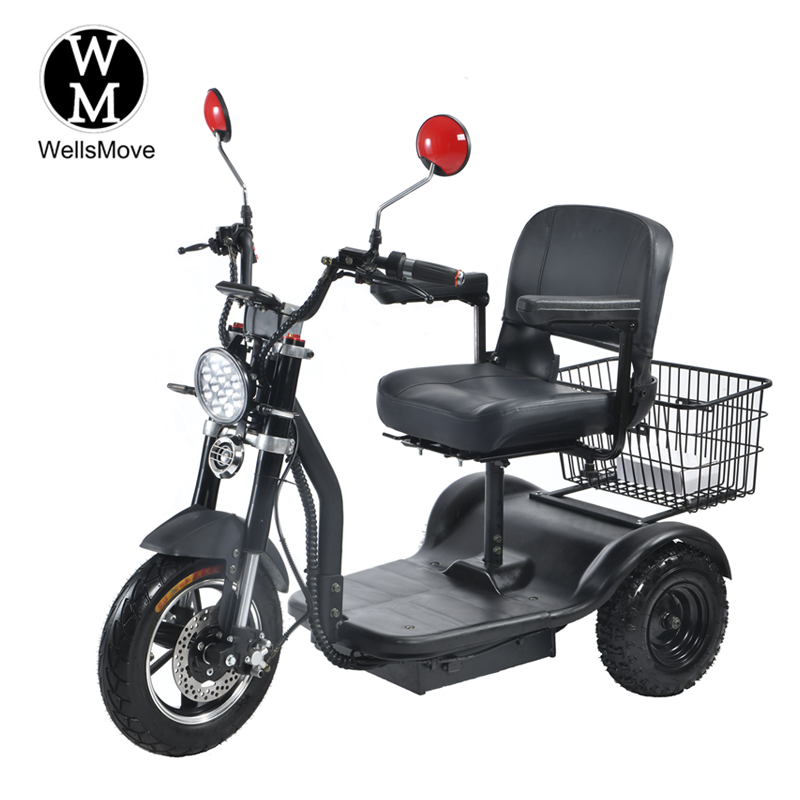Mobility scooters have revolutionized the way people with limited mobility navigate their surroundings. These motorized devices provide users with freedom and independent mobility without relying on assistance. However, like any other vehicle, a mobility scooter may not handle all terrain with ease. This has led users to question whether fitting larger wheels to a scooter would improve its overall performance. In this blog post, we’ll explore the pros and cons of choosing larger wheels on your mobility scooter.
Advantages of installing larger wheels:
1. Increased Stability: One of the main advantages of larger wheels is the greater stability they provide. Larger wheels have more contact area with the ground, making it easier to traverse uneven surfaces such as gravel or grass. This enhanced stability can give users the confidence to venture into previously inaccessible territory.
2. Enhanced ground clearance: Larger wheels also increase ground clearance, allowing mobility scooter users to more effectively navigate small obstacles. If you regularly run into curbs, bumps or potholes, larger wheels will allow you to negotiate these obstacles more smoothly, reducing the risk of accidents or damage to your scooter.
3. Better traction: With bigger wheels, the scooter gets better traction on different surfaces. This is especially beneficial in wet or slippery conditions, as the increased contact area improves grip and reduces the chance of slipping or loss of control. Whether you’re climbing steep hills or driving in the rain, larger wheels can improve the overall performance and safety of your scooter.
Disadvantages of installing larger wheels:
1. Increased weight: While larger wheels have many advantages, it is also important to consider potential disadvantages. A larger size usually means a heavier wheel. This added weight can affect the maneuverability of the scooter and make it more difficult to transport or store. It’s important to make sure your scooter’s frame can accommodate larger wheels without compromising its stability.
2. Limited mobility: Mobility scooters are designed to be compact and flexible, allowing users to drive in tight spaces and around obstacles. Fitting larger wheels affects the scooter’s turning radius, making it less maneuverable in confined areas. Before replacing your scooter’s standard wheels with larger wheels, consider the typical conditions you’ll drive in and whether maneuverability is a key factor.
3. Void Warranty: Modifying your mobility scooter by installing larger wheels may void your warranty. Manufacturers often provide specific guidelines for modifications, and deviation from these instructions may result in loss of warranty coverage. It is imperative to carefully review the scooter’s warranty and consult the manufacturer or authorized dealer for any potential consequences.
The decision to fit larger wheels on your mobility scooter is a personal decision and should be made after considering the pros and cons. While larger wheels provide greater stability, ground clearance and traction, they also add weight and potentially limit maneuverability. It’s important to weigh these factors against your specific needs and the tradeoffs you’re willing to make. Remember to consult an expert or professional who specializes in mobility mobility to ensure an informed decision that enhances your overall mobility mobility experience.
Post time: Aug-18-2023



